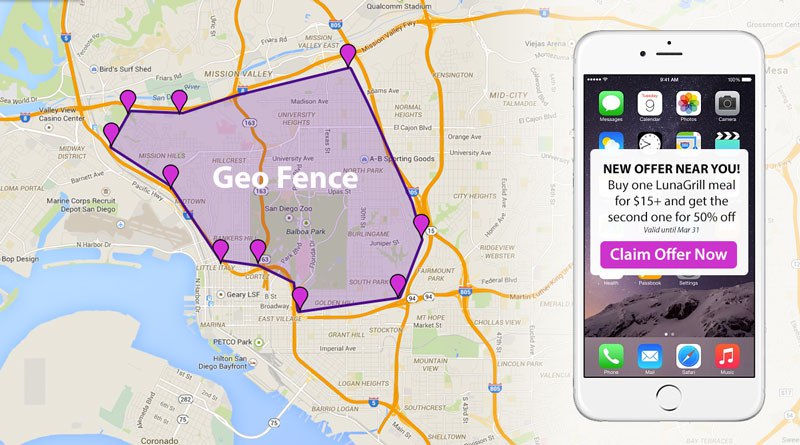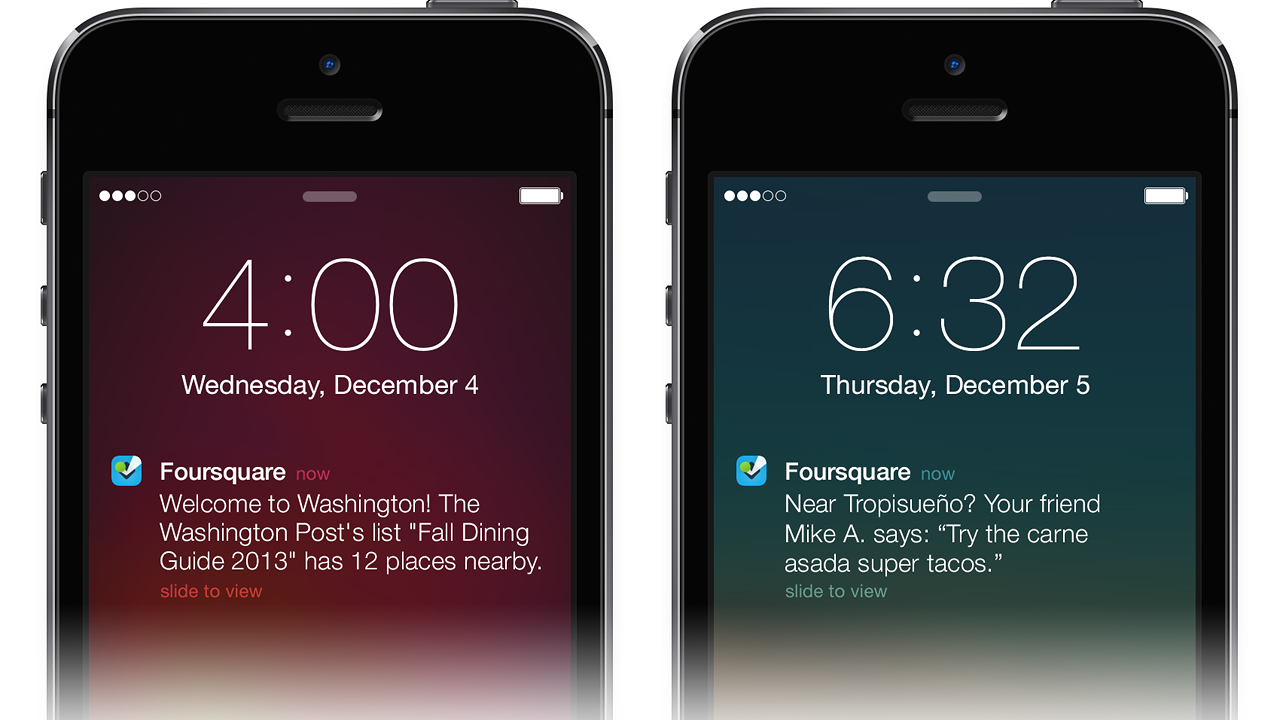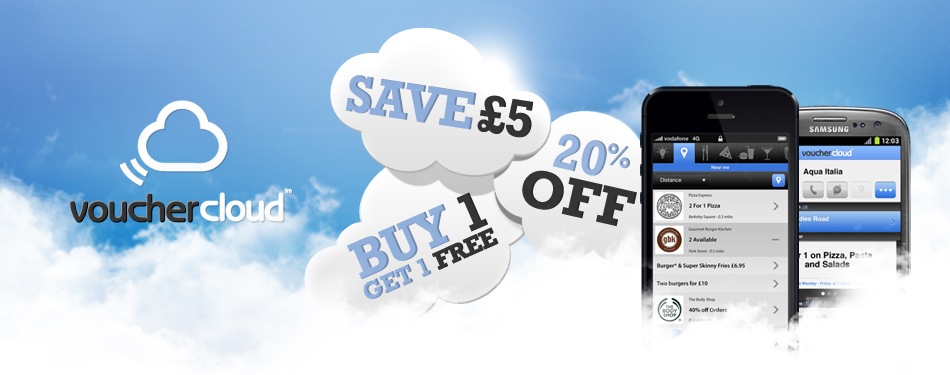How to Target for Conversions
There’s a common misconception that geo fencing is a violation of privacy—that you’re essentially stalking your targeted customer by unleashing your ads only when they’re in your designated location. What people don’t realize though is that geo fencing is a much less intrusive tactic than geo targeting. Where geo targeting gathers information on age, gender, behavior, etc., geo fencing targets customers based only on the user’s geographical location. Even though geo fencing tactics might limit the probability of a conversion, you can at least rest easy knowing that you’re not the creepiest marketing creeper in all of creepyville. In fact, you’re pretty dang smart.
Imagine This…
You run a business with three locations in the Kansas City area. You don’t sell your products online, but you want to draw people to your store through a mobile marketing campaign. You’re trying to target people who are searching for your product or service (i.e.: ‘shoes’) through a search engine, but don’t want to waste valuable resources on searchers who are too far geographically to visit your store. With geo fencing, you can ensure that only liable customers see your ad, click a call extension, visit your site, looks your business up on Google Maps, etc. With cost-per-click advertising through Google Adwords and social media ads (geo targeting), you can adjust the settings of your campaign so you don’t waste money on those outside your set location. Geo fencing lets retailers and businesses recognize a potential customer when they are within a predetermined radius around a specific location.
Say you’re offering a one-day sale on your cupcakes and want to get the word out about your promotion. We can tailor your campaigns around the addresses of all your locations, so only people searching within 20 miles even see the ad on their mobile device.
Geo Fencing for Conferences
With geo fencing, you’re essentially creating a virtual fence around a particular physical location and targeting only those devices. Geo fencing is especially relevant for conferences, since you can target people around the conference location and advertise your business booth. This gives people a chance to talk to your business representatives in person and get specific answers to their questions. Even if you’re not a business with physical locations in the conference city, you can target your ads to that region to draw in prospective clients. Since Google automatically filters out results that aren’t near the searcher, this allows you to bypass that filtration process. We worked with thyssenkrupp in their geo fencing efforts to attract an audience to their booth, and ended up drawing in some people who had never heard about the company before. Communicating with attendees before the event allows you to stand out among the other booths. Time-incentivized giveaways and product demos are another great way to bring in foot traffic.
There’s no need to limit your marketing efforts to just one geo fencing for a conference. By geo fencing across multiple locations, you can customize your message to fit the target demographic. Thumbvista points out that by “segmenting your user opt-in list to know those who are coming from out of town”, you can “welcome those as they arrive to an event and even partner with others to add to an already unique and exciting mobile message”. Surveys can also be utilized once someone has left your geo fence to get feedback on your booth.
What’s the Difference?
The key difference between geo fencing and geo targeting is that geo targeting relies on several demographic factors (age, gender, location) when determining who to show your ad to. Geo fencing is based solely on location, so anyone in that designated area will see your ad no matter what their age or gender is. If you’re not interested in narrowing down the demographics of your targeted ads (ie: you have a universally desired product, like water bottles), then geo fencing is the way to go. It gives you a much more defined area to work with, and is more likely to draw in customers. Geo targeting, however, lets you to send out push notifications and emails as soon as a mobile device enters your set radius.
Still Not Convinced?
You can customize geo fencing to not only target when someone visits a physical location, but also when a person shows interest in visiting a particular location. Another added benefit is you don’t have to bid on highly competitive ‘near me’ terms that are primarily searched on mobile phones. Geo fencing makes financial sense, since other competitors don’t typically bid on this strategy. On top of targeting around your location, you can target the radius around your competitor as well. Realtors can use geo targeting to hone in on certain developments and neighborhoods, hotels can reach out to people searching for a competitor’s location, and insurance companies can target areas affected by a natural disaster.
This case study from Epic targeting auto mall customers was able to draw in a demographic that they weren’t expecting by using geo fencing instead of geo targeting. Since past efforts targeting auto enthusiasts drew in males ages 35-44, the expectation was that they would see similar results. However, the promoted ‘monthly special’ ($9,999 new vehicle) attracted 16% more females than males, 27% of which were inexperienced buyers aged 18-24. If they had used Google Adwords to target their expected demographic, they would have missed out on all those customers.
Uber used geo fencing to target trendy hotspots as locations of interest, gaining momentum by promoting their services to customers located in metropolitan areas. Drivers were strategically placed within locations of interest where geo target specials were being promoted.
How Does it Work?
Geo fencing works by utilizing GPS technology and cellular data (unlike geo targeting, which uses IP addresses). The GPS communicates with your phone to cordon off an area with a virtual fence. When a phone moves into or out of the fenced location, a trigger is sent and the user will receive a notification (ie: text or push notification). You can set up your phone to alert you when you’re within a certain range of a product you’re looking for. For retargeting purposes, you can use geo fencing in conjunction with CRM data. A win-back campaign that targets people entering your set radius who haven’t transacted with your company in a while might include a direct message/email saying ‘we’ve missed you! Stop by for a free ____ on us’.
The breadth of your geo fence should depend on the population density of that location. For example, geo fences in urban locations can be narrowed down to 100 meters, while countryside geo fences (which have a lower density of Wi-Fi routers and cell towers) need fences that are a little bigger (perhaps 500 meters). We’ll space out your fences so there’s 500 meters between each fence for ultimate effectiveness. Keep in mind that a user’s Wi-Fi must be turned on for them to receive your ad/push notification/email. Even if your targeted customers don’t’ actually come in and make a purchase, you can tell exactly where they received your message and optimize your geo fences based on these results.
Who’s Using It?
Geo fencing is utilized by a concert and events producer Live Nation to target amphitheaters at music events using ShowBook. According to Geomarketing.com, “ShowBook geo-fenced the different tour stops of a musical artist, aggregating and curating all of the fan social media content generated in those locations”. This tactic gave them a better idea of what the fans enjoyed and shared at events, allowing for better group-fan social media engagement during future events. Check out Vouchercloud if you’re interested in targeting coupons to potential customers.
On top of marketing, geo fencing is being used for delivery services, social platforms, and smart homes. Yik Yak is a social platform that connects you with others based on geographical location, not friend groups. It’s used primarily on college campuses as a way for students to share news. This virtual bulletin board has a 1.5 mile radius for posting, and incorporates geo fencing to block anyone from using the app in the vicinity of lower-grade schools. This was enacted due to rampant cyberbullying through the app amongst high schoolers. Honeywell’s smart thermostats, Nest, utilizes geo fencing to determine when your phone (you) leaves the house. It switches to ‘nobody’s home’ mode when it detects your phone leaving, thereby saving you on fuel. Amazon is also taking advantage of geo fencing. Instead of customer acquisition though, they’ll be using it to keep drones safely within Amazon airspace with their new delivery methods.
Contact Us Today
Our job is to provide the management, optimization, and reporting for your geo fencing efforts. You can also choose from several of our other mobile marketing services. Geo fencing allows you to send out specials and discounts to your potential customers right when they need them. For brick and mortar companies that lack several convenient locations in busy parts of the city, this is the perfect way to let people know about your promotions and products. For businesses wanting to market their booth in an upcoming conference, geo fencing gives them the chance to make that first point of contact with someone who may be completely unfamiliar with their brand.





